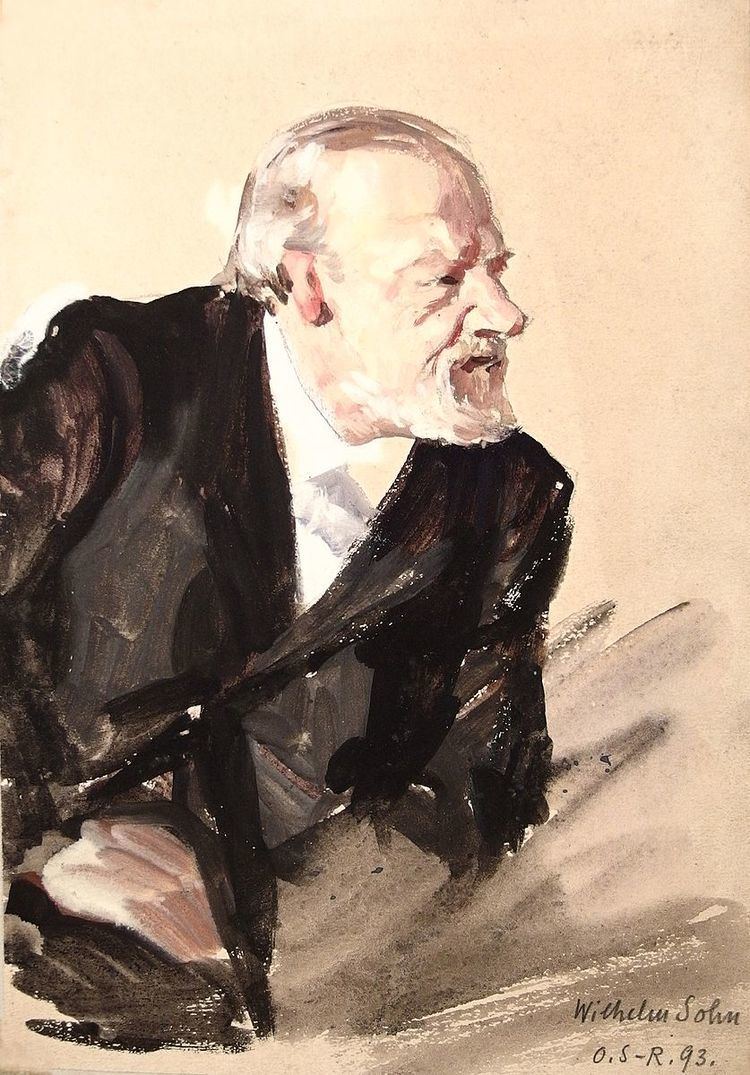Died 16 March 1899 | ||
 | ||
Johann August Wilhelm Sohn (29 August 1829, Berlin - 16 March 1899, Pützchen, near Bonn) was a German genre painter and art professor.
Contents
Biography
In 1847, he went to Düsseldorf, where he studied with Rudolf Wiegmann, Theodor Hildebrandt, Wilhelm von Schadow and his uncle, Karl Ferdinand Sohn. After that, he supplemented his studies by travelling extensively. In 1861, he married his cousin, Sophie Emilie (Emmy) Sohn, making Karl Ferdinand his uncle and father-in-law.
In keeping with the spirit of the Düsseldorf school of painting, he began by painting Biblical history scenes; notably "Christ on the Stormy Waters". Several works on religious themes remained unfinished, as he discovered the Dutch Masters and turned to genre painting.
Although Naturalism began to establish itself as an art style following the German revolutions of 1848–49, conservative styles remained in force at the Kunstakademie Düsseldorf until Schadow was ousted as Director in 1859. At that time, Sohn became one of the first to teach the new styles, and was named the first Professor of Genre Painting in 1874 (a position he had declined in 1867).
His new duties kept him so busy, he was unable to finish a commission for a monumental painting from the National Gallery, which he worked on intermittently for 30 years. Despite this heavy schedule, he also presided over a popular painting school for women.
In 1885, Emmy had a stroke while they were on an evening walk and died later that day. Not long after, his son fell ill with a brain disorder that eventually left him paralyzed. In 1895, he resigned his Professorship, moved to Pützchen to look after his son, and died there four years later.
